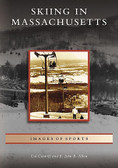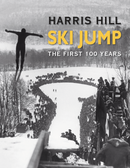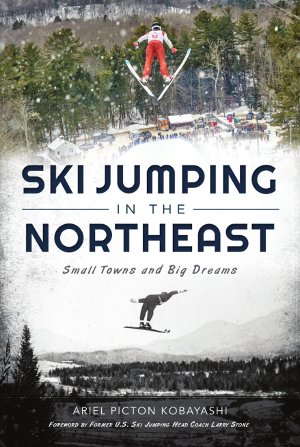 Loading... Please wait...
Loading... Please wait...Currency Displayed in
- Home
- Books and Media
- New England Ski History
- Ski Jumping in the Northeast
Ski Jumping in the Northeast
Product Description
Dozens of towering ski jumps once dotted the landscape across the northeastern United States. Introduced by Norwegian immigrants in the late 1800s, ski jumping became popular in Maine, New Hampshire, Vermont, Massachusetts, New York and Connecticut. From Lake Placid to Salisbury, crowds thronged to the jumps to watch. Youngsters like the Tokle brothers and Roy Sherwood rose to stardom. All of that changed in the 1980s, though, with the end of college jumping. Today, only a handful of jumping clubs remain. But in a rare few communities, a strong sense of tradition keeps the spirit alive. Join author and coach Ariel Picton Kobayashi as she examines ski jumping’s fascinating identity as both a small-town tradition and thrilling sport.
Ariel Kobayashi grew up in Washington, Connecticut, and learned to ski jump at the age of nine in Salisbury, Connecticut. As the jumping coach at Salisbury Winter Sports Association from 2016 to 2020, she accompanied eastern jumpers to the Junior Nationals in Chicago and Anchorage and spearheaded a major upgrade to the twenty-meter ski jump in Salisbury. Ariel worked in the ski industry in Alta, Utah; Squaw Valley, California; and the Mad River Valley in Vermont before returning to college, graduating summa cum laude from SUNY Purchase with a degree in history. Her senior project, which was the backbone of this book, received the Richard Maas Prize in American History.







